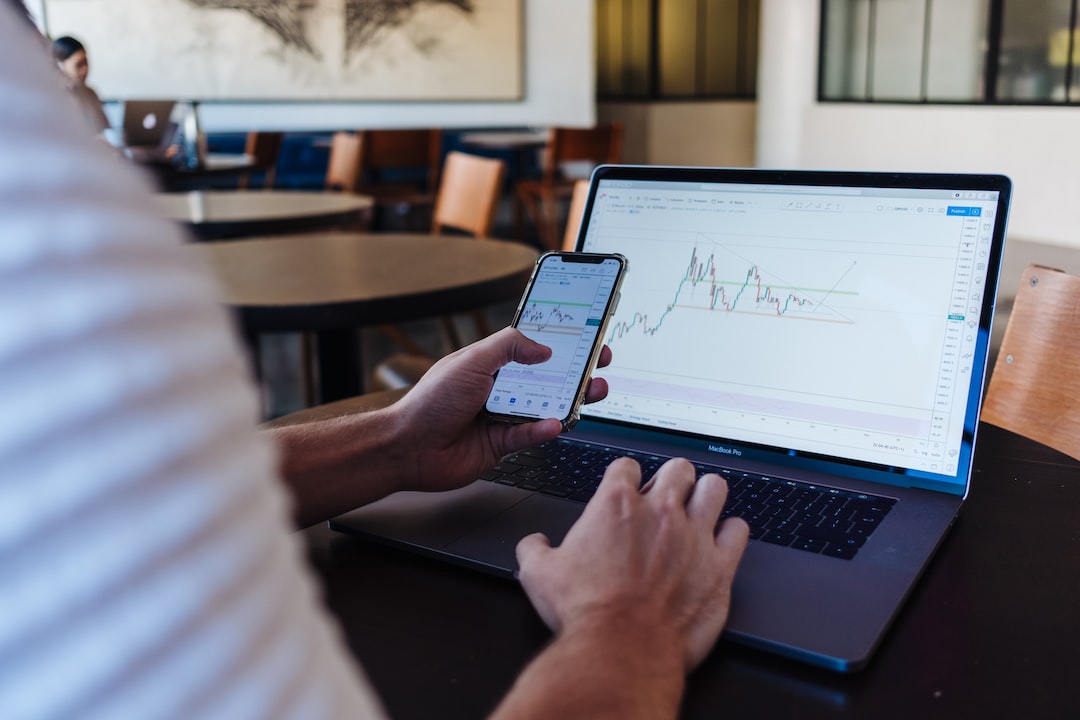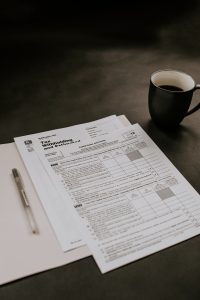The Fibonacci levels in Forex refer to the set of horizontal lines that appear on a price chart, representing areas of potential support or resistance based on the Fibonacci sequence. The Fibonacci sequence is a mathematical concept that occurs in nature and has been used by traders for decades to identify key levels of support and resistance in financial markets.
The Fibonacci sequence is a series of numbers that start with 0 and 1, and each subsequent number is the sum of the previous two. The sequence goes as follows: 0, 1, 1, 2, 3, 5, 8, 13, 21, 34, 55, 89, 144, and so on. The sequence has a unique mathematical property where the ratio of any two consecutive numbers tends towards 1.618, which is known as the golden ratio.
In Forex trading, the Fibonacci levels are plotted by drawing a horizontal line across a price chart at the key Fibonacci ratios of 23.6%, 38.2%, 50%, 61.8%, and 100%. These levels are calculated by taking the difference between two price points, usually the high and low of a trend, and multiplying by the Fibonacci ratios.
The 23.6% level is considered the weakest level of support or resistance, while the 38.2% and 61.8% levels are often seen as stronger levels. The 50% level is not a true Fibonacci level, but it is often used as a midpoint between the high and low of a trend.
The 100% level represents the end of a trend and is often used as a target for price movements. Traders will often look for a price reversal or a continuation of the trend at these Fibonacci levels.
In addition to the standard Fibonacci levels, traders may also use extensions and projections of these levels to identify potential areas of support or resistance. Fibonacci extensions are used to project potential price targets beyond the end of a trend, while Fibonacci projections are used to identify potential areas of support or resistance within a trend.
The 161.8% extension is a common Fibonacci level used to project potential price targets beyond the end of a trend. This level is calculated by adding the difference between the high and low of a trend to the end of the trend. The 261.8% and 423.6% extensions are also commonly used by traders.
Fibonacci projections are used to identify potential areas of support or resistance within a trend. These levels are calculated by taking the difference between two price points within a trend and multiplying by the Fibonacci ratios. The 127.2% and 161.8% projections are commonly used by traders to identify potential areas of support or resistance within a trend.
The Fibonacci levels in Forex are not foolproof, and traders should never rely solely on them to make trading decisions. However, they can be a useful tool for identifying potential areas of support or resistance and can be used in conjunction with other technical analysis tools to make more informed trading decisions.
In conclusion, the Fibonacci levels in Forex are a set of horizontal lines that represent areas of potential support or resistance based on the Fibonacci sequence. Traders use these levels to identify key levels of support and resistance in financial markets and to project potential price targets beyond the end of a trend. While the Fibonacci levels are not a guarantee of success, they can be a useful tool for traders when used in conjunction with other technical analysis tools.






